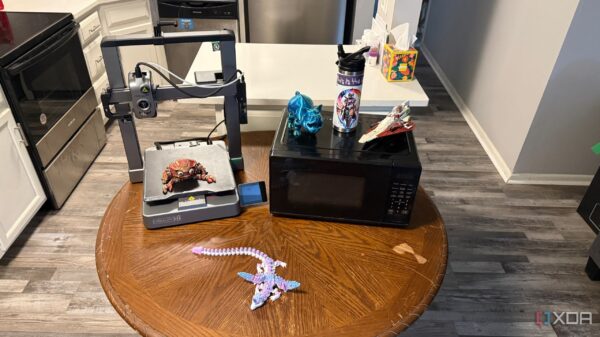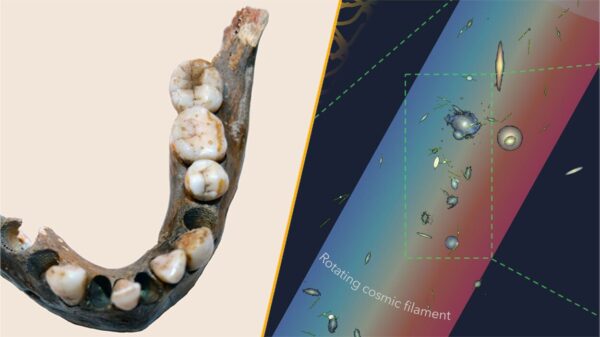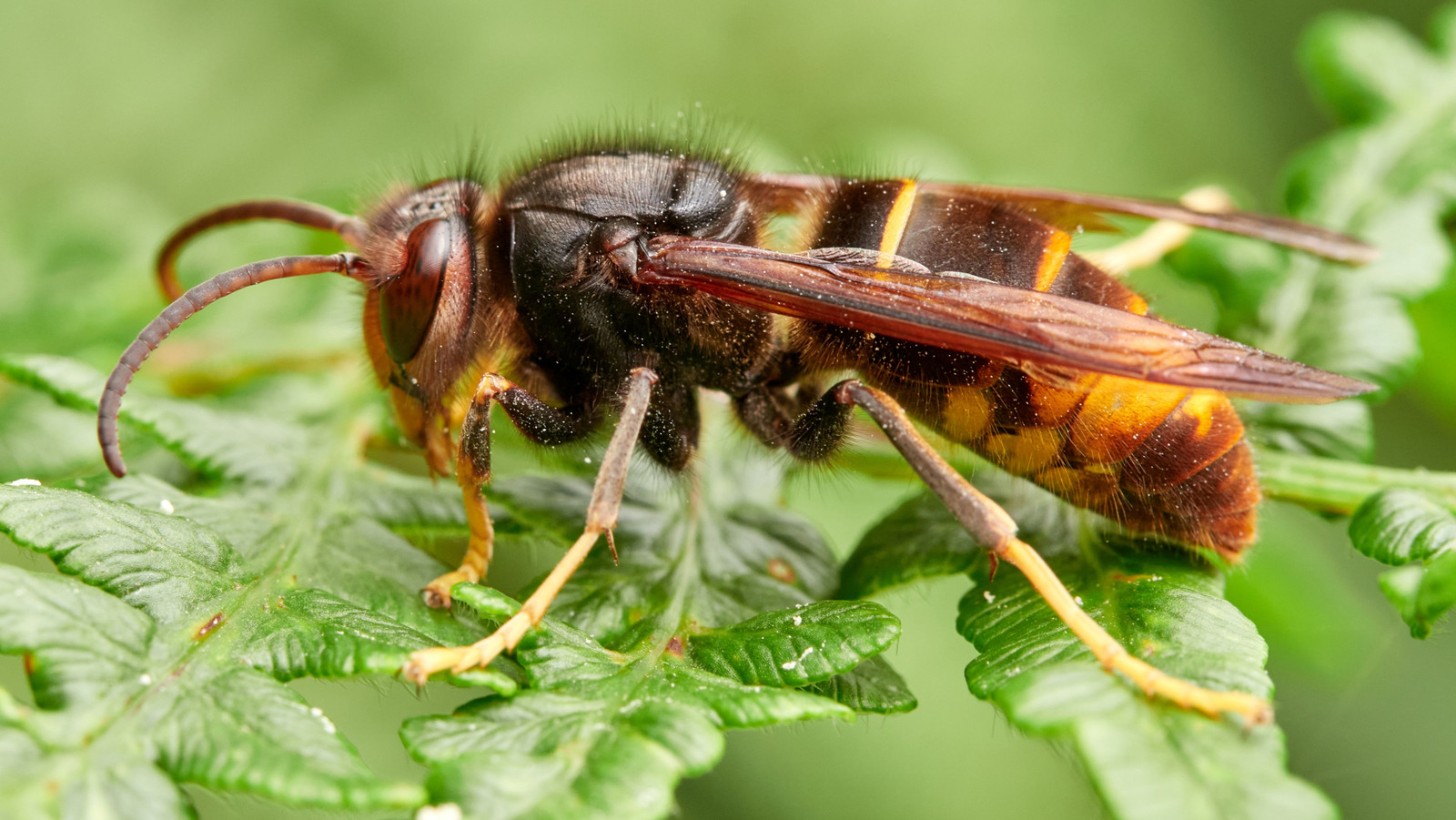The U.K. is escalating efforts to combat the rising threat of invasive Asian hornets, which have gained notoriety for their aggressive predation of bees and other vital insect pollinators. In response to an alarming increase in hornet sightings, scientists have introduced a novel solution: micro-transmitters that will be fitted onto the bees to help locate hornet nests more effectively.
Asian hornets have earned a reputation as apex predators, and while they do not pose a significant threat to humans, their impact on local biodiversity is concerning. Traditional methods of controlling these hornets, such as habitat destruction and seasonal trapping, are labor-intensive and often insufficient. The National Bee Unit has begun field tests on micro-transmitters, weighing less than 160 milligrams, designed to be easily attached to bees without hindering their flight.
Field tests have shown promising results, leading the U.K.’s Animal and Plant Health Agency (APHA) to prepare for the deployment of four sets of these micro-transmitters. Each device is engineered for reusability and is rechargeable, making it a cost-effective solution to the growing hornet problem. According to the APHA, attaching a transmitter can be done in approximately five seconds.
Innovative Tracking Methodology
The process begins at locations where Asian hornets have been spotted. Experts set up feeding baits to attract the hornets. When a hornet feeds, it is marked with a pen, and if it returns to the bait, it is fitted with a micro-transmitter before being released. As the hornet returns to its nest, its flight path is tracked using a combination of handheld directional receivers, drones, or even a mobile app. This tracking method can pinpoint locations within a range of 0.6 miles, according to reports from the BBC.
The Asian Hornet Watch app has also played a crucial role in this mission, collecting around 30,000 reports last year. This crowd-sourced platform allows the public to report sightings and contributes to the broader effort of monitoring and managing the hornet population. Similar applications have been successfully used in India for reporting snake sightings, demonstrating the versatility of technology in wildlife management.
Community Involvement and Future Prospects
APHA has provided a detailed public guide to assist citizens in identifying and monitoring yellow-legged hornets. They encourage the public to report sightings through the online form or the Asian Hornet Watch app, available on both iOS and Android platforms. The integration of technology in tracking invasive species reflects a growing trend in wildlife management, potentially paving the way for similar initiatives worldwide.
Interestingly, this innovative tracking approach recalls a historical precedent: the CIA’s Project Acoustic Kitty, which involved fitting cats with transmitters for espionage purposes. While the context may differ, the underlying principle of using technology to address ecological challenges remains relevant.
The introduction of micro-transmitters offers a proactive strategy in the ongoing battle against invasive Asian hornets. By leveraging technology and community participation, experts aim to safeguard local ecosystems and protect essential pollinators from this formidable threat.






































































